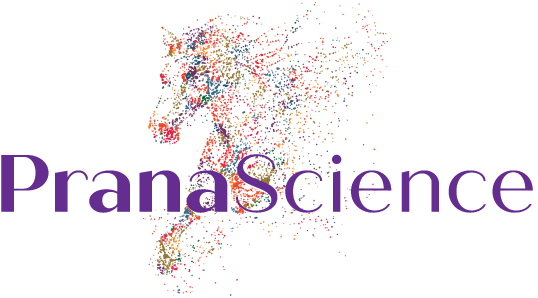The Breath-Brain Connection: Our Foundational Research on Nerve Growth Factor
(By Sundar Balasubramanian, September 7, 2025)
Hello Prana Explorers!
As many of you know, my life’s work is dedicated to unraveling the profound connections between ancient yogic practices and modern scientific understanding. At PranaScience, we believe the breath is not just a physiological function, but a powerful, intentional tool—truly, your brain’s remote control.
Today, I want to take you back to one of the earliest and most pivotal pieces of research that helped solidify this vision: our paper titled “Induction of Salivary Nerve Growth Factor by Yogic Breathing: A Randomized Controlled Trial,” published in International Psychogeriatrics.
Why This Research Matters: Decoding the Molecular Link
This study was a critical step in providing a molecular, scientific basis for what yogis have known for millennia: intentional breathing impacts our neurological well-being.
Our research focused on Nerve Growth Factor (NGF). Why NGF?
- Brain Health Guardian: NGF is a vital protein that plays a crucial role in the development, maintenance, and survival of neurons, particularly those involved in learning and memory. It’s like a nutrient or fertilizer for your brain cells.
- Relevance to Alzheimer’s: We know that NGF levels are often significantly reduced in conditions like Alzheimer’s Disease. Scientists are actively exploring NGF administration as a therapeutic option, but current methods are often invasive and complex. This is where our research offers a promising, non-invasive alternative.
What We Discovered: Yogic Breathing Boosts NGF
In our randomized controlled trial, we investigated whether a short, 20-minute session of yogic breathing (specifically Om Chanting followed by Thirumoolar Pranayamam) could influence salivary NGF levels in healthy volunteers. The results were compelling:
We observed a significant increase in NGF levels in the saliva of participants who engaged in yogic breathing, a change not seen in the control group.
This was a groundbreaking finding! It demonstrated, for the very first time, that a non-invasive practice like yogic breathing can stimulate the endogenous (naturally produced by the body) expression of a neurotrophic factor like NGF.
The Implications for Your Brain Health
This research directly supports our core message at PranaScience about the breath-brain connection:
- A Natural Brain Boost: This study provides a molecular mechanism for how yogic breathing can support brain health. By potentially increasing NGF, we’re creating a more nourishing environment for our brain cells to thrive.
- Beyond Relaxation: While we often associate breathing practices with stress reduction (which they absolutely provide!), this research suggests a deeper physiological impact, influencing factors critical for cognitive function and neuronal survival.
- Paving the Way for Future Therapies: Our findings open doors for future studies exploring non-pharmacological interventions for neurological disorders, offering hope for natural, accessible ways to support brain health, especially for conditions like Alzheimer’s.
This early research was a powerful validation of our approach: that the ancient science of Pranayama holds profound, measurable benefits for modern health (Read the full article here: https://pmc.ncbi.nlm.nih.gov/articles/PMC4501575/). It motivates us to continue our work at PranaScience, bringing these crucial insights to you through accessible tools like our app (Humma) and comprehensive workshops.
We are committed to exploring these connections further, including through the vital work of the Thirumoolar Tamil Chair, which will ensure this knowledge continues to be researched and shared globally.
Stay tuned for more updates on our ongoing research and how you can join us on this exciting journey of discovery.
Breathe, Love, repeat
Sundar





